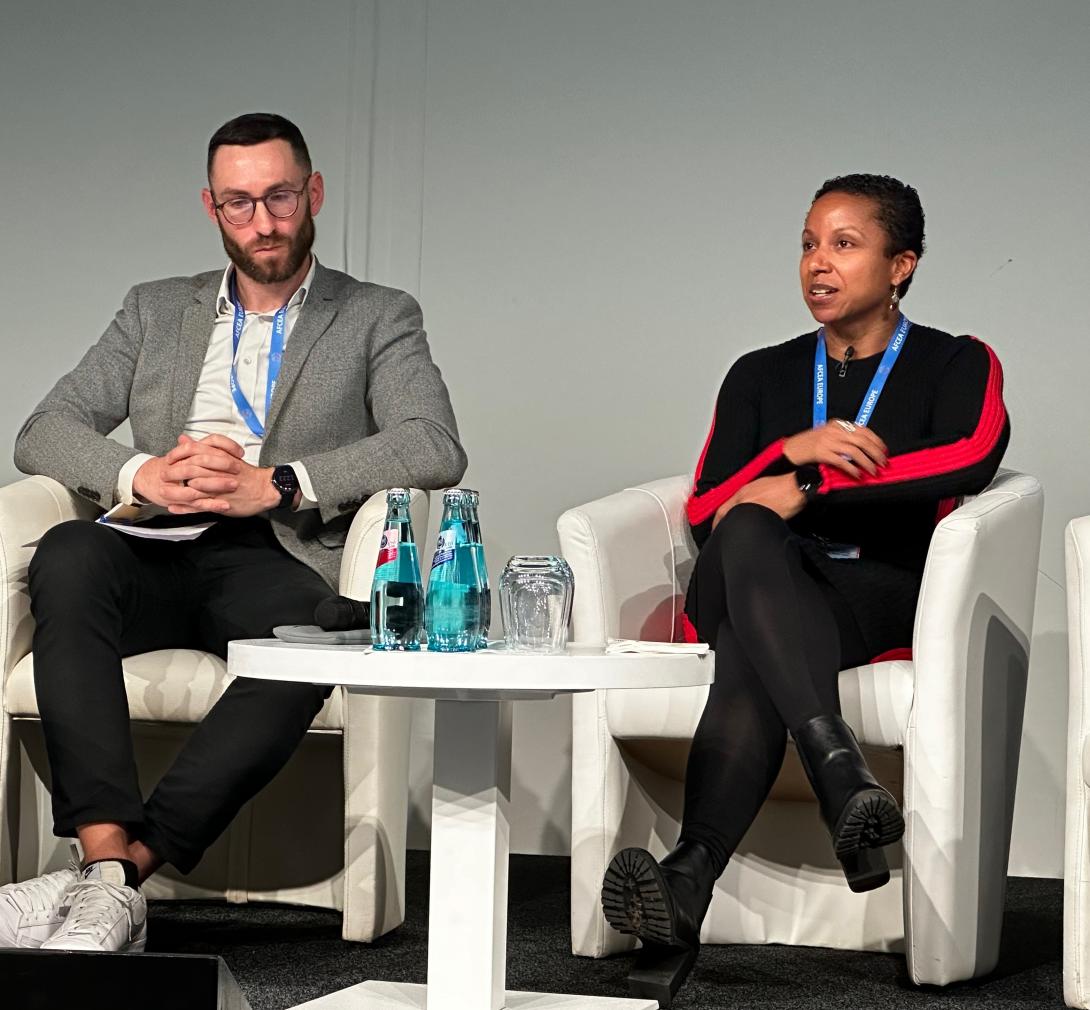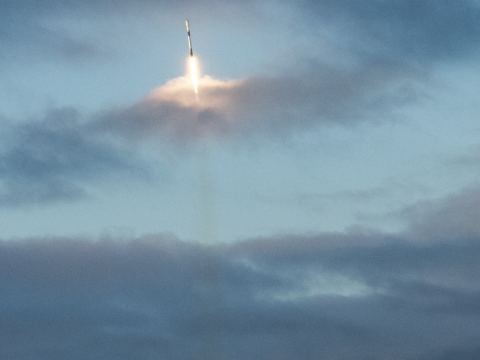Use of the Department of Defense’s ADVANA Platform Takes Root
As the U.S. military operates across the globe, with more and more partners, the use of big data platforms, data mining and related artificial intelligence-based tools—such as the cloud-based ADVANA platform—-will be critical to achieving coalition joint all-domain command and control (CJADC2) experts purport.
In the European theater, the U.S. European Command (EUCOM) is working to expand its use of ADVANA, said Maj. Gen. John Phillips, USAR, director J-6, Cyber/C4, EUCOM. “In EUCOM, we take the five lines of effort for CJADC2 and put it into our own flavor,” Gen. Phillips said. “[We are] expanding our use of ADVANA and the apps that are inside that cloud-based platform that are available and relevant to all of our partner nations.”
For Nathan Keegan, chief technology officer for Booz Allen Europe, who is helping support the efforts of David Wiltse, the EUCOM chief data officer, any data going into ADVANA or for other uses must have so-called VALTUS characteristics.
“When we think about data integration at EUCOM, it's important to think from the Department of Defense perspective that we want that data to be VALTUS: visible, accessible, understandable, link to trustworthy, interoperable and secure,” Keegan stated. “And I think data integration is really a lot about keeping things as flawless as possible.”
Joint security cooperation is a complex environment where leaders pull in information from disparate data sources to develop actionable insights. However, the right tool in ADVANA integrates seven different data sources, all of them automated via the application programming interface.
“And that allows a couple of things,” Keegan noted. “The first is we can iterate incredibly quickly with a lot of those experts. And then we can also come in by folks who may not have a lot of, experience coding those analysts to get to generate those actionable insights.”
When we think about data integration at EUCOM, it's important to think from the Department of Defense perspective that we want that data to be VALTUS: visible, accessible, understandable, link to trustworthy, interoperable and secure.
In addition, senior leaders are harnessing the big data platform to provide key briefings, saving “hundreds of hours a month in manual PowerPoint creation and data curation,” Keegan added. “That's an example of data integration. But that's not to say that we are completely and fully data integrated everywhere.”
Stateside, the Department of Defense is also using AVANA to help improve management of its cyber workforce, said Cyber Workforce Development Program Manager Matt Insor, who is in the Defense Department’s Chief Information Office. An analytics team within the office manages and inputs information on cyber personnel into the big data platform. The tool provides an easy, readable format that can summarize key workforce considerations for senior leaders.
“ADVANA is the platform that we ultimately use to track our workforce,” Insor explained. “It works and connects the manpower and personnel systems of all the services, the Fourth Estate and individuals inside of the department. And at the end of the day, we produce a health report that goes up to our four star and ultimately the Deputy Secretary of Defense [Kathleen Hicks], so that she can view it and understand what her workforce looks like.”





Comments